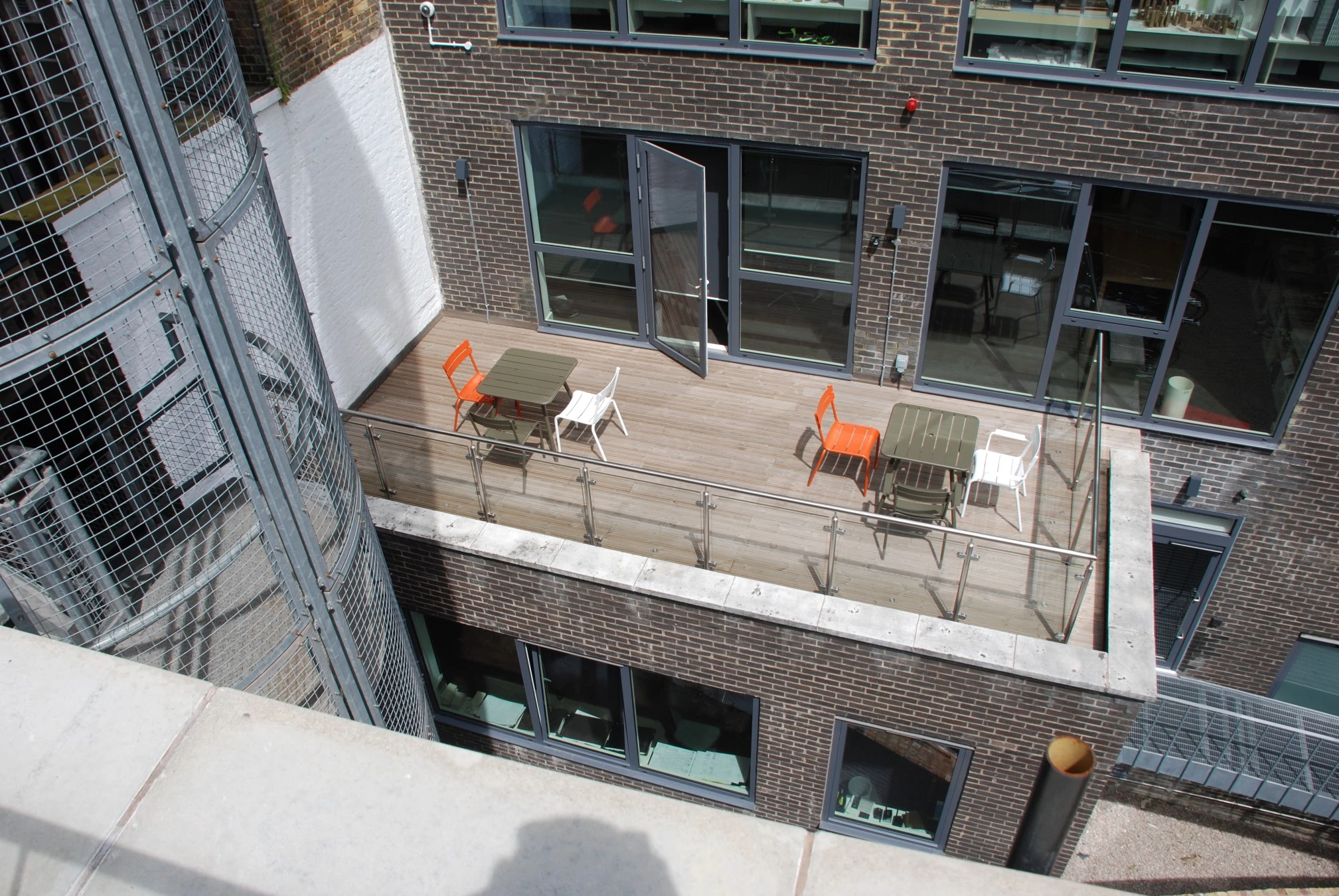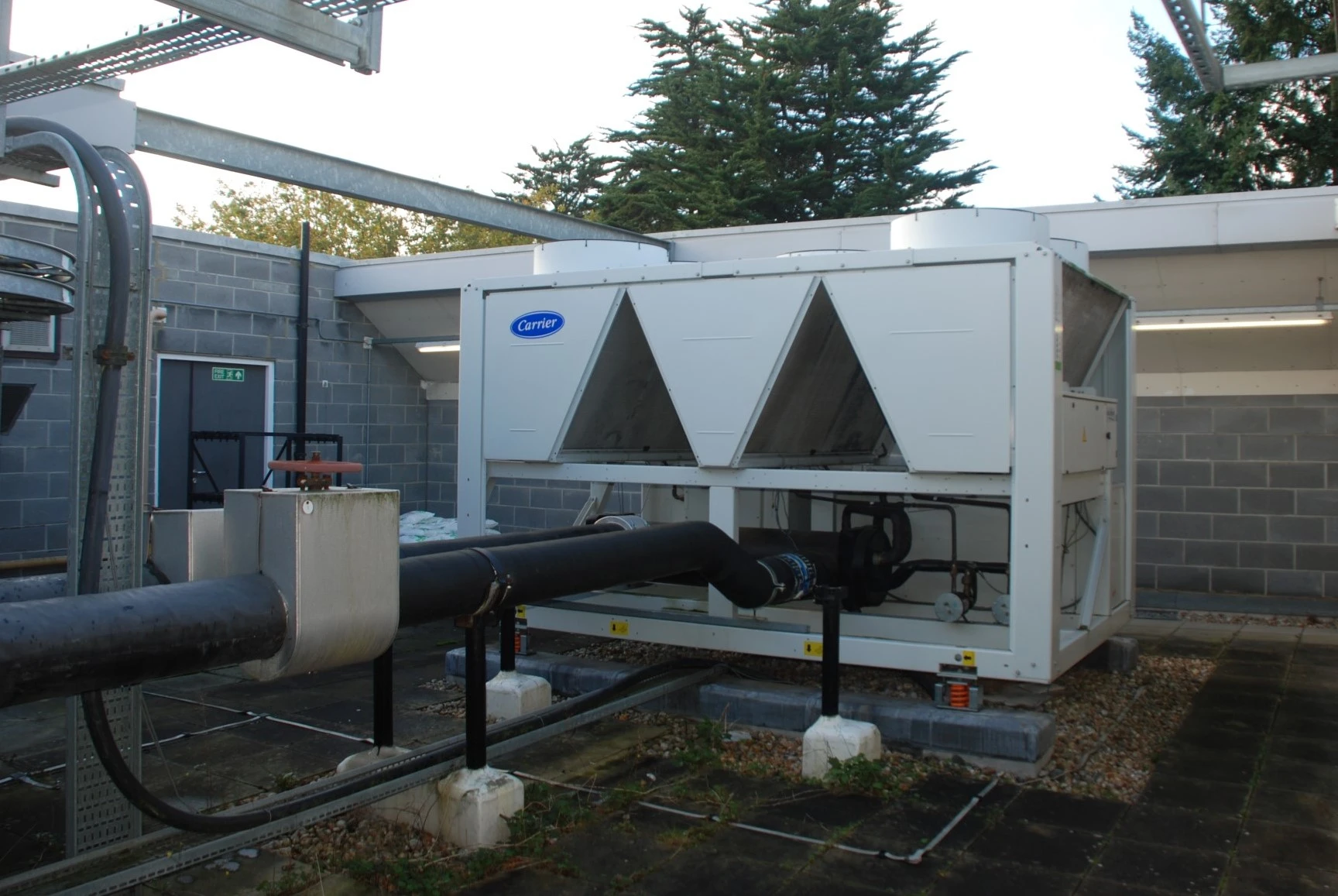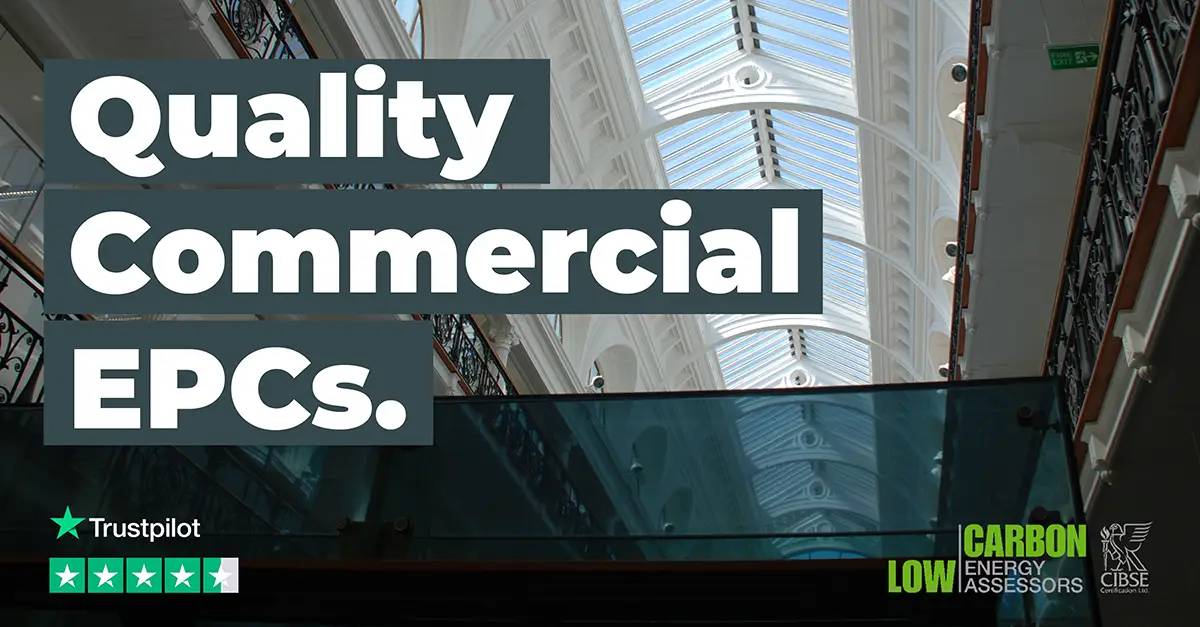As part of its commitment to sustainability and in support of the Church of England’s clear target of achieving net zero carbon by 2030, St Luke’s church in Kew is currently taking a pragmatic and forward-thinking approach to replacing its outdated heating system. Faced with the failure of one of two 120kW gas boilers, the church has sought expert advice to understand how they can meaningfully reduce carbon emissions while managing financial, spatial and infrastructural constraints.
Heating accounts for a significant amount of a building’s carbon footprint, especially in churches, where high ceilings and large spaces need substantial energy to warm. Rather than opting for a direct boiler replacement, St Luke’s is utilizing this opportunity to explore greener alternatives aligned with their sustainability goals. While a full transition to an electric system using heat pumps may initially appear ideal, a tailored hybrid solution using a combination of heat pumps and gas boilers offers a cost-effective, practical way forward while taking a conscious step towards net zero goals.

Understanding Heat Pumps
Heat pumps work by capturing heat from an external source (commonly air) and transferring it around a building. Typically, for 1KWh of electricity consumed, they generate 3kWh of heat, giving a heating efficiency of 300%. However, as the outside temperature drops, heat pumps must work harder to extract usable heat, and efficiency can drop below 200%.
A gas boiler can comfortably provide flow temperatures of up to 80°C, however especially at lower outside air temperatures heat pumps can struggle to get up to even 70°C. This lower flow temperature can work but problems arise when trying to combine the pumps with existing infrastructure, which is set up for higher temperatures. One problem is that each radiator will now have a smaller temperature difference between itself and the surroundings. Even a 10°C reduction in flow temperature can cause heat output to decrease by 40%. This means either replacing radiators with larger, more efficient versions, or installing additional radiators to the current system.
A less apparent problem is incompatibility with pipes. The water flowing round any heating system has a maximum amount of heat it can carry per second. Reducing the temperature of the flow, means you have to increase the amount of water passing through the radiator per second, commonly known as the volumetric flow rate. This can be achieved by either increasing the speed of flow or increasing the size of pipe. A higher speed of flow can cause insufficient time for heat transfer to occur, consequently leading to a lower efficiency and unwanted noises. Commonly, the only practical solution is to increase the pipe size (typically by a factor of 2).
Heat pumps also require a large amount of electricity to run. Frequently, buildings will not have sufficient network capacity and upgrades of power systems are required.
This leads to the following problems for St Luke’s church:
Capital Cost – A heat pump system capable of heating the whole church would cost around £300,000 compared to £50,000 for a gas boiler set up. This is because at coldest temperatures when facing the highest demand, the low efficiency means 3 heat pumps would be required. An extra heat pump is recommended for redundancy – giving 4x £75,000 = £300,000.
Running Cost – Operating at average seasonal efficiency, heat pumps cost 42% more than gas boilers. With lower outdoor temperatures, efficiency drops to 190% and it becomes 124% more expensive to run than gas boilers.
External Space – Heat pumps need to be located externally to allow air to pass through them. Based on requirements to heat the church, the 3+1 heat pump setup would need to be 2.45m x 4.4m x 2.56 in height, length and width respectively. This would look similar to the image below. Because of this, Available space, enclosures and sound attenuation all need to be considered.
Building Infrastructure – Current radiators and pipework requiring additional upgrades costing £40,000.
Currently the church does not have sufficient incoming electrical power and this could cost the church £15,000-£65,000 to upgrade the power supply into the property.
If the street does not have enough power, an additional £100,000 could be required to upgrade the local power network substation. This is a common occurrence when conducting large heat pump installations feasibility studies.

Potential Solutions
Three main options were considered to replace the existing heating system:
- Direct replacement with new gas boilers – This is the simplest and least costly option, but it offers no improvement in carbon emissions. It does little to support the church’s commitment to sustainability or prepare for a net zero future.
- 100% replacement with air source heat pumps – This would deliver the lowest carbon emissions, however it comes with high capital cost and running costs, while also placing significant demand on the building’s existing infrastructure.
- Hybrid system, combining gas boilers and heat pumps – This balanced option offers reduced carbon emissions, more manageable capital costs and fewer disruptions to current infrastructure.
Why a Hybrid System Makes Sense
While the full heat pump system offers maximum theoretical carbon reduction, its costs, space demands, and compatibility issues make it an unrealistic option in this context. Conversely, a hybrid system approach can utilize the strengths of both technologies – capitalizing on the efficiency of heat pumps in milder temperatures while retaining the reliability and lower cost of gas boilers for peak demand periods.
This hybrid system uses a single air source heat pump to deliver low-carbon heating during milder weather, while three gas boilers provide backup during colder periods when heat pump efficiency declines. Crucially, the heat pump can operate for around 90% of the year, supplying approximately 60% of the building’s total annual heating demand. The gas boilers would only be needed during the coldest 10% of the year, dramatically reducing overall carbon emissions when compared to a conventional gas-only replacement.
The table below shows the breakdown of costs and emissions:
|
System |
New Gas Boilers |
100% Heat Pumps |
Hybrid Approach |
|
Capital costs (£) |
£50,000 |
£ 355,000-505,000 |
£ 130,000-150,000 |
|
Gas usage (kWh) |
163,361 |
0 |
16,689 |
|
Electrical usage (kWh) |
32,608 |
93,591 |
79,805 |
|
Gas costs (£) |
£12,443 |
£1,708 |
£2,805 |
|
Electrical costs (£) |
£11,063 |
£28,998 |
£24,944 |
|
Total running costs (£) |
£23,506 |
£30,706 |
£27,748 |
|
Electricity emission (kg.CO2/yr) |
7,337 |
21,058 |
17,956 |
|
Gas emission (kg.CO2/yr) |
29,895 |
0 |
3,054 |
|
Annual Carbon Emission (kg.CO2/yr) |
37,232 |
21,058 |
21,010 |
Conculsions
Installing a hybrid boiler/pump system would result in a similar reduction in CO2 emissions compared with the 100% heat pump solution and would also be three times cheaper to install and have lower associated running costs. This is possible as this system deals with the main 4 problems previously discussed:
Capital Cost – Only 1 heat pump is required rather than 4 and redundancy is covered by the 3 gas boilers, significantly reducing expensive initial costs.
Running Cost – The heat pump is only operational at higher efficiency reducing the difference in running costs.
External Space – A single heat pump requires much less space and produces 75% less noise.
Building Infrastructure – A single heat pump requires 33% less power than having 3 operational heat pumps therefore reducing the required upgrades to the existing power network.
How Can SEA Consulting Help?
This hybrid system provides a replicable model for other heritage and community buildings also seeking practical routes to net zero. It reflects SEA Consulting’s wider approach – combining engineering expertise, clear cost-benefit analysis and long-term strategic thinking to develop solutions that are both environmentally sustainable and economically practical.


